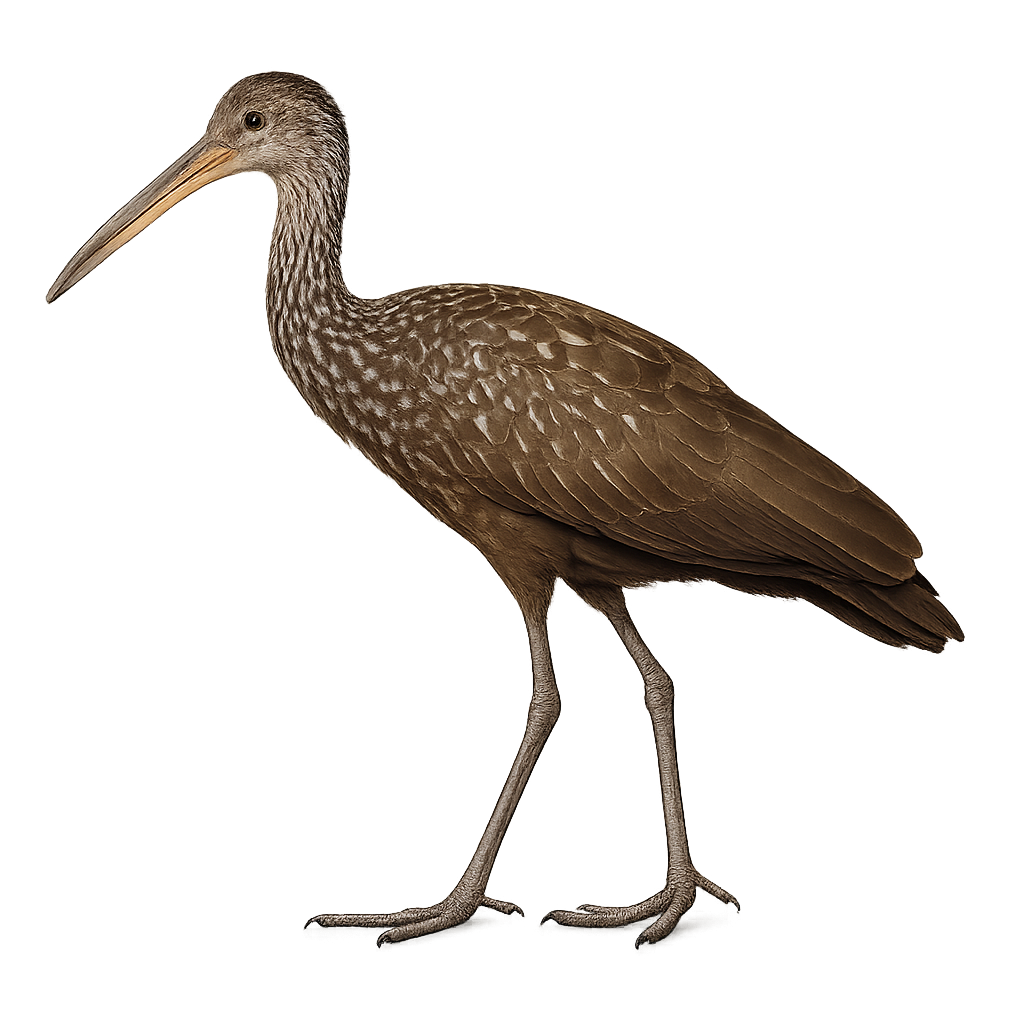Your wildlife photography guide.
Explore the limpkin in detail, study its behavior, prepare your shots.
Where to observe and photograph the limpkin in the wild
Learn where and when to spot the limpkin in the wild, how to identify the species based on distinctive features, and what natural environments it inhabits. The WildlifePhotographer app offers tailored photography tips that reflect the limpkin’s behavior, helping you capture better wildlife images. Explore the full species profile for key information including description, habitat, active periods, and approach techniques.
Limpkin
Scientific name: Aramus guarauna

IUCN Status: Least Concern
Family: ARAMIDAE
Group: Birds
Sensitivity to human approach: Suspicious
Minimum approach distance: 10 m
Courtship display: March to June
Incubation: 27-32 jours
Hatchings: March to August
Habitat:
Marshes, lake edges, rivers
Activity period :
Primarily active during the day, with peak activity in the morning and late afternoon.
Identification and description:
The Limpkin, or Aramus guarauna, is a medium-sized wading bird easily identified by its brown plumage speckled with white and its long, slightly curved bill. It primarily inhabits marshes, lake edges, and rivers in Central and South America. This bird is often seen foraging for snails, its main food source, which it skillfully extracts from their shells using its specialized bill. The Limpkin is a solitary bird but can be seen in small groups during the breeding season. Its piercing, mournful call is often heard at dawn and dusk, adding a mysterious ambiance to marshy landscapes.
Recommended lens:
400 mm – adjust based on distance, desired framing (portrait or habitat), and approach conditions.
Photography tips:
To photograph the Limpkin, it is advisable to use a telephoto lens of at least 400mm to capture detailed images without disturbing the bird. Look for marshy areas where it is likely to forage, and be patient, as this bird can be suspicious. The best times to observe it are early morning or late afternoon, when its silhouette stands out beautifully against the calm water. Use a tripod to stabilize your camera and adjust your shutter speed to capture its quick movements as it searches for snails.
From knowledge to field practice
A species profile helps you understand an animal. In the field, the challenge is often different. Remembering your own observations.
The WildlifePhotographer app allows you to:
• record your personal observations
• note locations, dates, and behaviors
• revisit your field references over time
• build a private and long-term field logbook
The app does not provide observation locations.
It helps you organize what you actually observe, with respect for wildlife.

